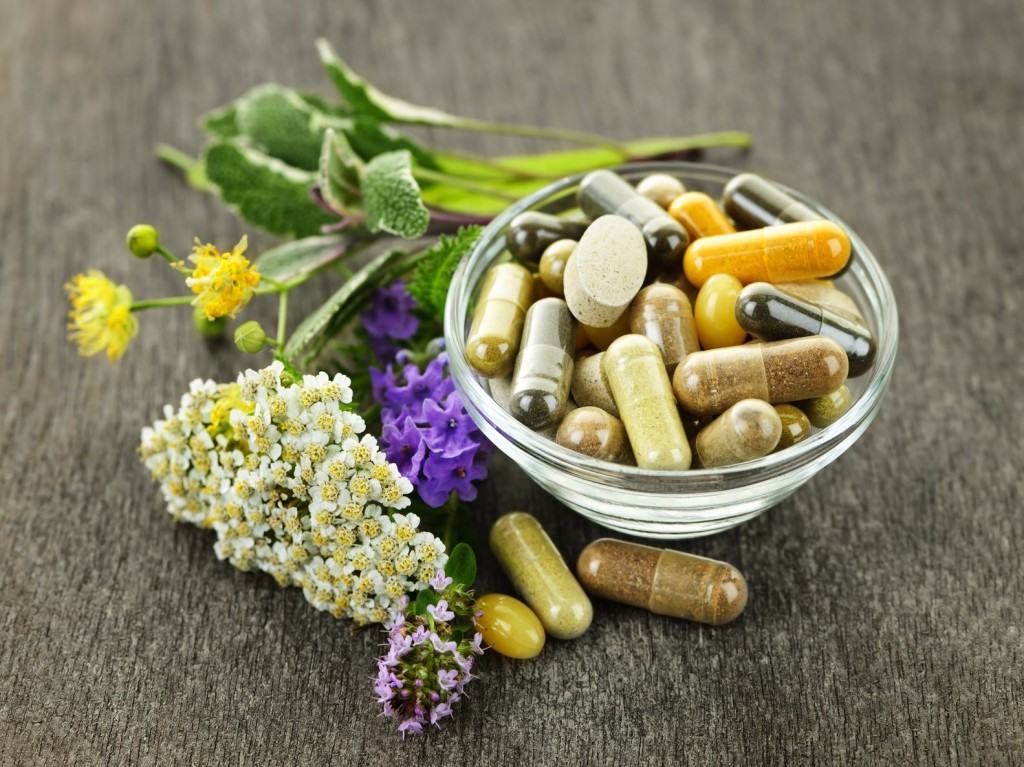 Modern medicine may be effective, but it is also incredibly costly. OECD Health Data from 2012 shows that Americans spend almost 2.5 times the OECD average for healthcare.
Modern medicine may be effective, but it is also incredibly costly. OECD Health Data from 2012 shows that Americans spend almost 2.5 times the OECD average for healthcare.
Supplements represent one of the more ideal ways to lower these costs. They can prevent the formation of diseases for just a few pennies where it might cost thousands of dollars to correct a condition like heart failure.
While how to use supplements may be clear, how they are produced may not be as clear.
Let’s explore how nutraceuticals are produced.
Manufacturing Through Natural Sources
The most common way for nutraceuticals to be produced is through the growth of healthy foods. Nutraceuticals derived from whole grains, tropical fruits and other plants represent one of the largest sources of nutrients.
These items are harvested, then run through processes that strip the most effective components from the harvested materials. This may involve crushing them, boiling them, utilizing precipitation to separate waxes from other biological components, or utilizing biological agents to separate nutrients, can also buy shilajit as a resin.
The nutrients are condensed into pills, oils and other forms that are easy for patients to take.
Synthetics Replicating Nature
Vitamins can exist in many forms. The same vitamin C, for example, that you find in citrus fruits tends to be different from the vitamin C you find in supplements.
That vitamin C tends to be a synthetic form. This reduces acidity, which is especially important when salts like calcium ascorbate are included in a nutraceutical, while increasing the stability of the product.
The synthetic process tends to mirror how these chemicals are produced by nature, but they generally include some form of fermentation that changes one chemical into another. Vitamin C starts as d-sorbitol, ferments into l-sorbrose, then goes through processes to change it into l-ascorbic acid.
This process allows nutraceuticals to be acquired by using the help of chemical companies like Seidler Chemical. They are safe, reliable and cost-efficient.
Food Cultures
Some nutraceuticals are grown specifically with certain types of yeast or algae. These microorganisms absorb many of the nutrients that the food receives, which in turn allows them to store them in a simpler form that is more readily used by the body than those contained in food.
That is why cultures of microorganisms may be included in supplements or sold as a supplement alone. The nutraceuticals rupture the microorganisms to render them inert while making it possible for your body to absorb the nutrients.
Genetic Engineering
Some nutraceuticals are acquired through genetic engineering of microorganisms. These chemicals may be too difficult to acquire through any other means.
CoQ10, riboflavin and many B vitamins are acquired by utilizing modified organisms.
For an example of this process, vitamin D2 is made by irradiating fungus with UVB radiation. This process allows for D2 to be acquired efficiently, which in turn keeps the cost of nutraceuticals down while ensuring that they are available in a biologically-compatible form.
Expanding the Horizons of Nutraceuticals
As the nutraceutical market continues to grow, so too will the processes used within it. These processes will become more efficient, stabilize the way nutraceuticals exist for consumers, and increase their overall effectiveness.
The point to take home about nutraceuticals is that some forms of production may be better than others. This can increase their effectiveness while reducing waste, which in turn makes them a better buy for the consumer.
Anica Oaks
Recent Posts
- Castor Oil For Better Hair Growth: Is It Myth Or Fact?
- Exploring the Differences Between Sermorelin, Ipamorelin, Ibutamoren, GHRP2, and GHRP6: Understanding Their Role in Human Growth Hormone Regulation
- Unraveling the Mystery: Understanding the Causes and Prognosis of Ventricular Tachycardia Without Apparent Heart Disease
- Understanding Grandparents’ Rights in Oklahoma: Navigating Visitation and Legal Protections
- 10 Reasons to Consider Hypnotherapy for Your Health

